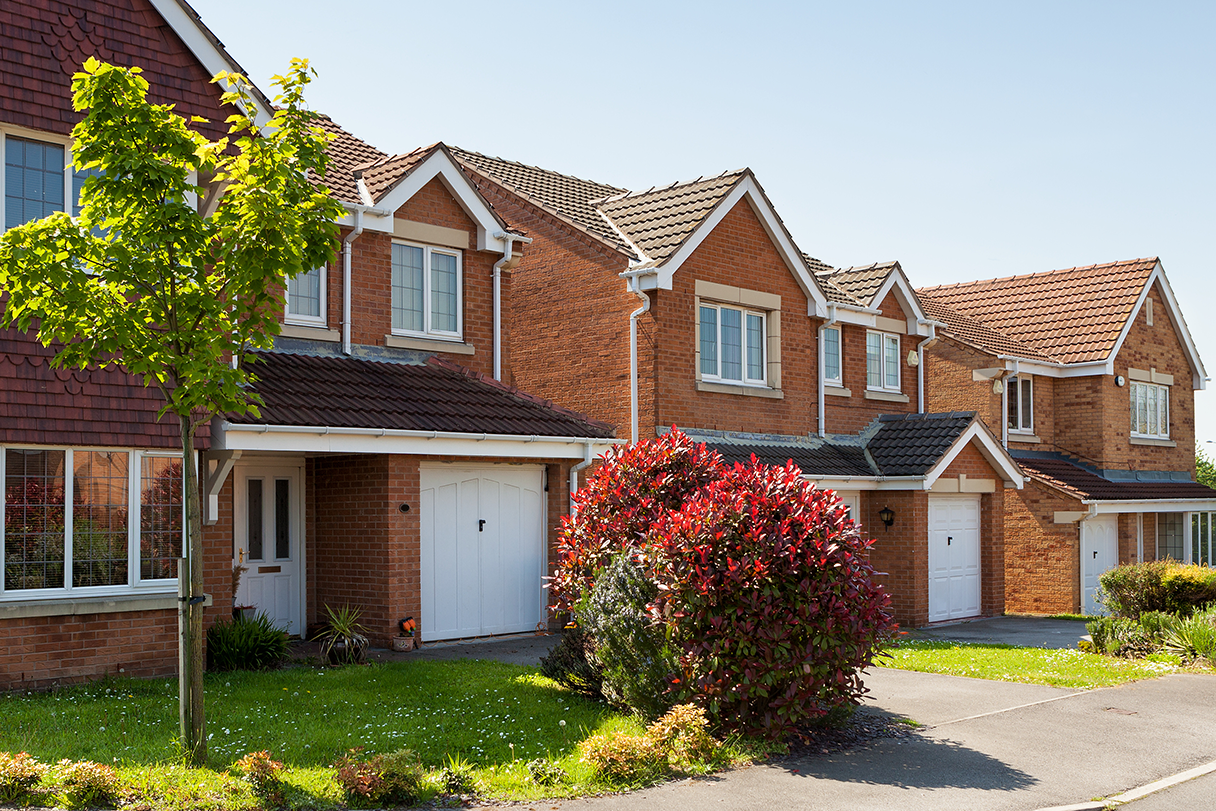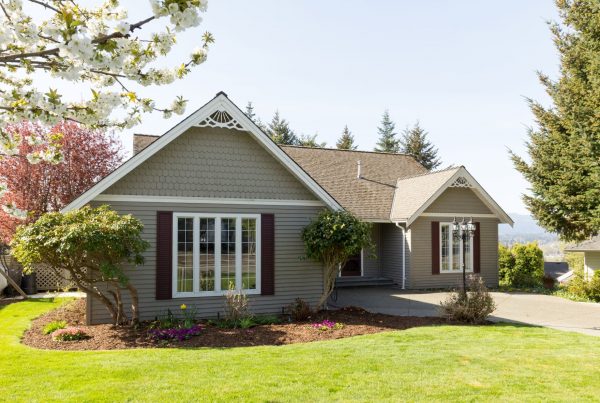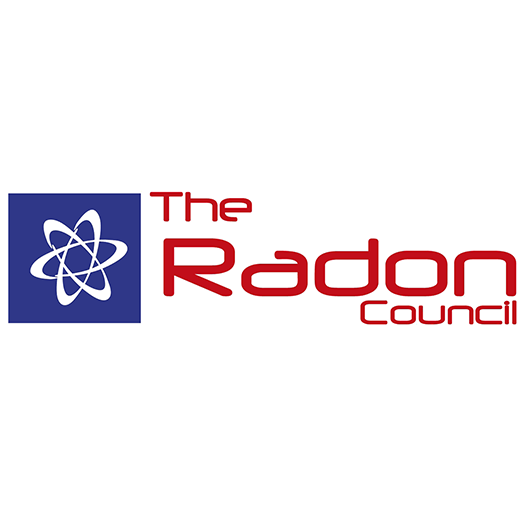Radon is a so-called “inert” gas that is also radioactive. It emits ionising radiation. If people suffer excessive exposure to this radiation in their workplace or at home, it can lead to cell damage and therefore to cancer. Radon is responsible for up to 14% of all cases of lung cancer in the world. So measurements are crucial.
Radon comes from the soil
Radon occurs naturally in the soil since it comes from uranium that decays. Buildings that have basements and that are otherwise in direct contact with the soil are most affected by radon.
You use detectors to measure radon
Radon is normally measured using what is referred to as “radon detectors”. These are small plastics inside holders that you place around the home or in the workplace for a certain period of time. This is to see the specific radon value in the specific rooms where the measurement is being carried out.
This means that it is best to place radon detectors in rooms where you spend a lot of time such as bedrooms and living rooms. In rooms in which you or the people around you spend the most time, it may be worth placing two detectors in different parts of the room to obtain the most accurate measurement possible.
Short or long-term measurements
There are two different types of detectors that you can use for radon measurement. The first of these is the detector that carries out a long-term measurement that most people are familiar with. A so-called “long-term measurement” enables you to obtain an average annual value for radon levels in indoor air. It is recommended to carry out long-term measurements during the winter months. This is because people do not ventilate as frequently as in summer, which concentrates the radon and, in turn, provides an optimum measurement. Long-term measurements take approximately two to three months and all you need to do is position the detectors. Then leave them there for the full period before sending them back.
For people who do not have the time required to carry out long-term measurements, there are also detectors that provide a quick measurement. These do not show the average amount of radon in a year, but can provide a quick indication of the property’s approximate exposure to radon. They are suitable for people who want to buy a house or another property. Quick measurements take up to 10 twenty-four hour periods and can be carried out at any time of year.
After the measurement
When the period of time for the selected detector has ended, you simply send them in. You then receive a full report on the results. This usually takes only one week to send out.








